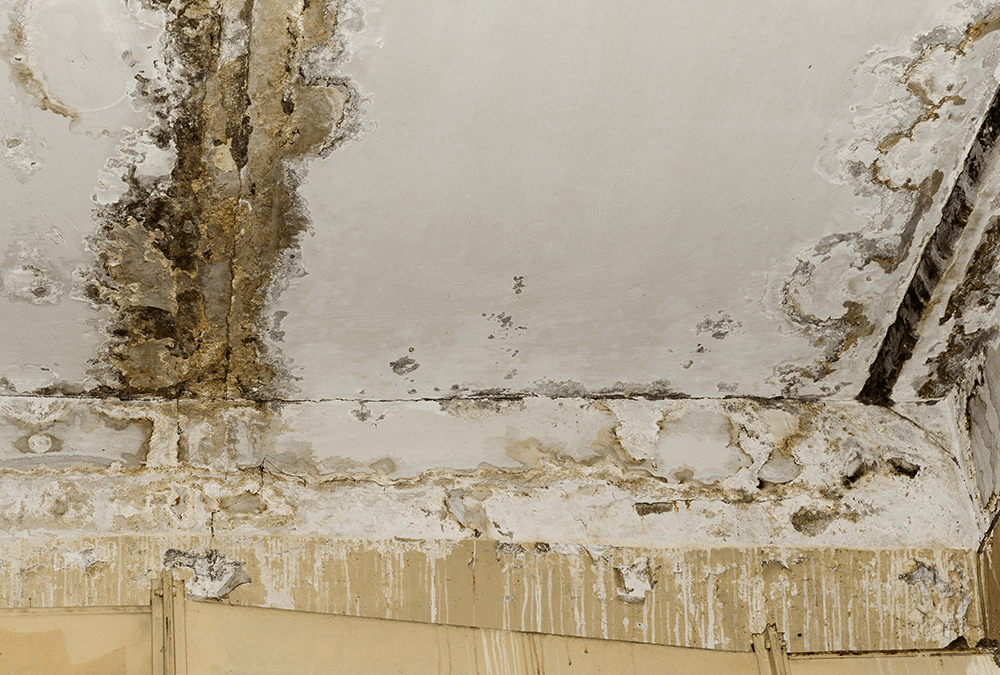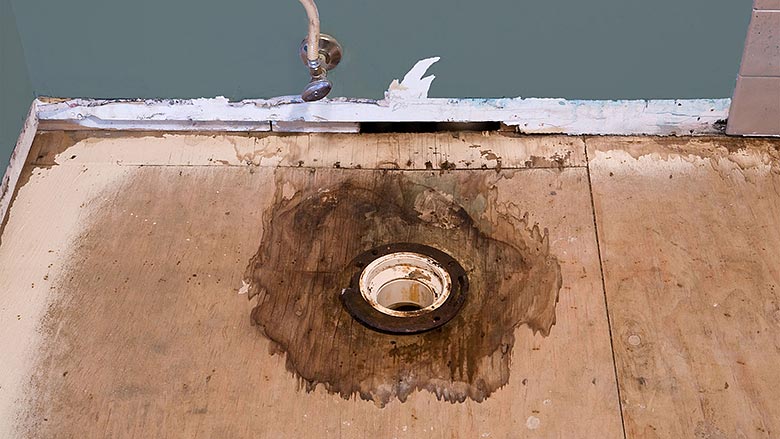Just How to Avoid Water Damage in Your Bathroom
Just How to Avoid Water Damage in Your Bathroom
Blog Article
On this page below you will discover additional first-rate information and facts around Preventing Water Damage in the Bathroom.

The washroom is extremely prone for wet accumulation and also possible water damages due to the regular use water in it. This article provides straightforward examination techniques to assist finding water damages hazards.
The regular use of water in the restroom makes it very at risk for moist build-up as well as possible water damages. By inspecting it routinely, you can decrease water associated problems.
The adhering to collection of examinations is very easy to execute and should be done once in every three months in order to maintain your restroom in good shape and to prevent potential water damages caused by the bathtub, the shower, pipe joints and also plumbing, sinks, closets, and also the commode
Do not forget executing these examinations and also be complete while doing them. Bear in mind that these easy evaluations can save you a lot of cash by giving very early indicators for water damage
Sinks and Cabinets
Sinks and closets are revealed to wetness as well as humidity daily and also are usually ignored. Check frequently under the sink and on the kitchen counter over it. Repair any drip in the catch as it might suggest drain troubles. Browse the sink, slow draining pipelines might indicate a blocked drainpipe. Replace sink seals if they are cracked or loosened.
Tub and Shower
The shower and bath tub need unique attention as well as upkeep. Examine the ceramic tiles and change if broken. Ensure that there is no missing out on cement between the tiles. Evaluate and also replace cracked caulking at joints where the wall surfaces fulfill the floor or the bathtub. Obstructed drains pipes and pipelines troubles will prevent the bath tub from drying out and might suggest major troubles underneath the bathtub. Consult with a specialist right away to prevent architectural damage. Pay attention to stainings or soft areas around the bath tub wall surfaces as they may show an internal leakage.
Plumbing
Signs for water damage are difficult to detect considering that most pipelines are installed inside the walls.
Pay unique attention to floor covering and wall surfaces dampness as well as discolorations as they may suggest an invisible plumbing issue. Check wetness degrees in adjoining spaces too.
The Toilet
The bathroom is a vulnerable water junction. Examine the water lines and also search for leaks around the commode seat, in the hose, as well as under the water container. If you detect any type of indicators of moisture on the floor around the commode, check for leaks in the toilet edge and also tank seals.
Know that hanging commode bowl deodorants boosts the opportunities for clogs.
TIPS TO PREVENT WATER DAMAGE IN THE BATHROOM
The average household uses approximately 80-100 gallons of water per person per day. For a family of 4, that's almost 2,500 gallons of water a week! The largest portion of this consumption comes from bathroom use. Flushing the toilet uses the most water, followed by taking a shower or bath. With that much water running through the home, water damage in the bathroom is bound to happen. Knowing how to spot signs of a water leak is essential to preventing long-term damage. This guide provides you with tips to reduce the impact of water damage on your bathroom.
CAUSES OF BATHROOM WATER DAMAGE
Pipe breaks are the most common cause of water damage we see in our daily jobs. The age of a pipe plays a large role in a pipe break as well as corrosion. Over time, the metal begins to break down, allowing water to escape. Frozen pipe breaks are also a concern in the winter months. Toilet overflows caused by paper products or children flushing inappropriate items. Degraded caulking around the toilet or bathtub can allow water seepage, sometimes behind the fixture, into the subfloor or walls. Condensation forms when the water in a pipe is cooler than the air temperature. Beads of water form on the exterior of the pipes, sometimes so much so that the water begins to drip and pool below. Sink or shower backups created by poor drainage. HOW TO PREVENT WATER DAMAGE IN YOUR BATHROOM
Inspect your toilet supply line for worn or frayed hoses and replace them as needed. Winterize your plumbing to prevent a frozen pipe break. Use vent fans to prevent condensation that can lead to mold growth. Routinely check and replace degraded caulking around your toilet or bathtub. Increase the temperature in your toilet tank and insulate your pipes during the warm summer months to keep condensation from forming. Use child safety locks on the toilets. Flush only toilet paper. "Flushable" wet wipes are actually not good for your plumbing system. Additionally, feminine hygiene products should not be flushed. Prevent water from escaping the tub or shower. Make sure shower curtains are in good condition. Inspect shower doors and replace the seal strip if necessary. Wipe up any water that accumulates on the floor and use bath mats. Water left to sit can cause damage to the tiles and flooring. Refrain from using bath products containing heavy oils to avoid a clogged drain.

Do you like reading about How to Repair and Prevent Bathroom Water Damage? Leave a short review directly below. We would be interested to see your thinking about this post. In hopes that you come back again before long. Sharing is good. Who knows, you might be helping someone out. I enjoy reading our article about How to Fix a Water Damage Bathroom.
Go Services Report this page